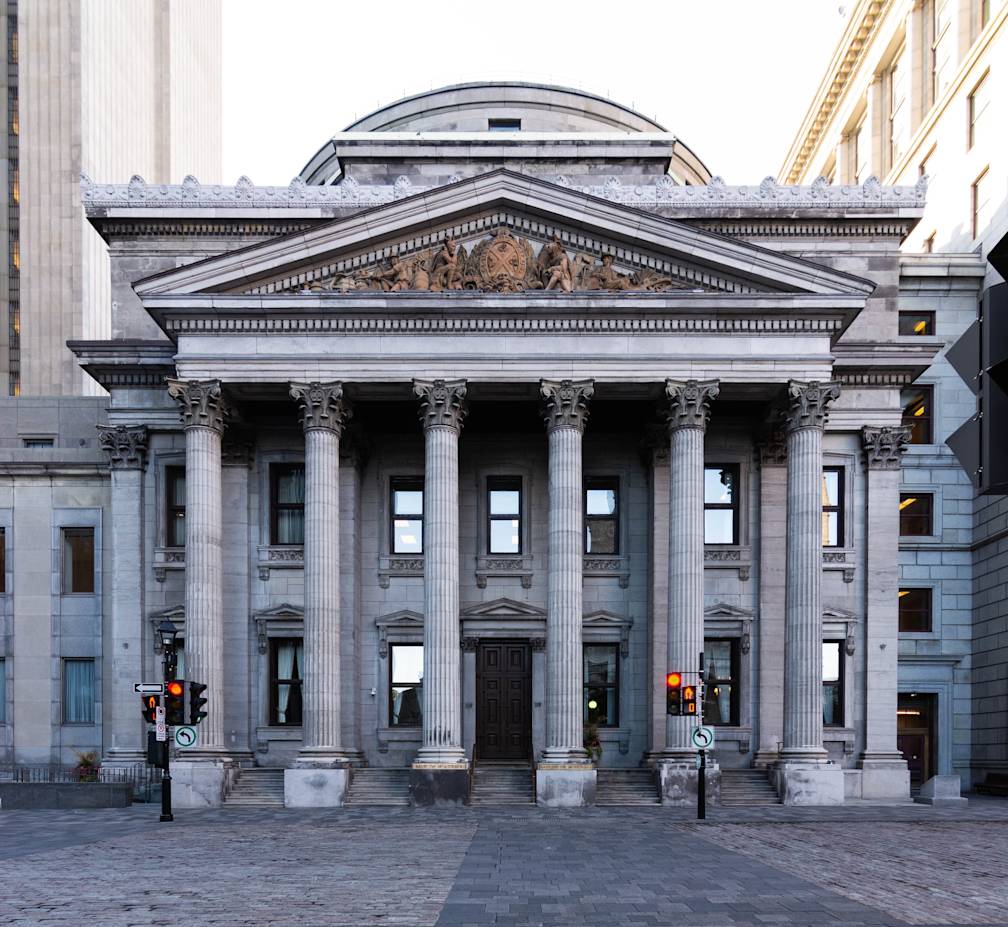How to calculate burn rate (the right way!)

- •What is burn rate?
- •Gross burn rate and net burn rate: What’s the difference?
- •How to calculate burn rate
- •How do I calculate gross burn rate?
- •How do I calculate net burn rate?
- •How to calculate cash runway
- •What is a “good” burn rate for startups?
- •How long should my cash runway be?
- •How do I improve my burn rate?
- •Increase your cash runway with cost-saving tools
Startups and venture-based businesses often use burn rate to determine when to plan their next funding round. In turn, investors use this metric to assess the financial health and sustainability of a business, so they know whether it’s worth investing in.
Here, we’ll explain how to calculate gross and net burn rates, which you can use to estimate your cash runway. We’ll also share how successful startup founders have managed burn rates in the early years of their business and tips on how you can improve yours.
What is burn rate?
Burn rate measures how quickly your business is spending – or burning through – its cash. This metric is crucial for all companies, particularly startups, which are more likely to operate at a loss during their initial growth phases. Burn rate helps you calculate your cash runway, which estimates how long your business can continue operating before it runs out of money.
Gross burn rate and net burn rate: What’s the difference?
There are two kinds of burn rate: gross burn rate and net burn rate.
Gross burn rate tells you the total amount that your company spends on operating costs per month, such as employee salaries, rent and equipment. It doesn’t consider revenue.
Net burn rate tells you the total amount that your company loses per month, considering both spending and revenue. If your company has high expenses but also generates significant sales, the revenue can offset part of the expenses and reduce your net burn rate. You should use net burn rate to calculate your cash runway as it captures your overall cash flow.
How to calculate burn rate
It's best to calculate burn rate over a quarterly, six-month or annual period. Measuring burn rate over shorter periods can balance out monthly fluctuations in company spend and revenue.
For example, if your business spent £500,000 in January, £100,000 in February and £700,000 in March, you should look at spending across all three months for an accurate overview of your burn rate across this period.
You can find all the information you need to measure burn rate on your cash flow statements.
How do I calculate gross burn rate?
To measure your average monthly gross burn rate over a set period, use the following formula:
Expenses / Number of months = Gross burn rate
For example, Awesome Tech Ltd wants to calculate its average gross burn rate over Q1. The company's operational expenses from January to March totalled £573,000. Using the above formula:
£573,000 / 3 = £191,000
Their average gross burn rate for the quarter is £191,000 per month.
How do I calculate net burn rate?
To calculate the net burn rate over a set period, find the difference between your starting and ending cash balance, then divide this value by the number of months in this period. The formula looks like this:
(Starting balance − Ending balance) / Number of months = Net burn rate
For example, Cool Horses Inc wants to calculate its net burn rate for the first six months of the year. Based on its financial statement, it started with a cash balance of £1 million in Q1 and was left with £400,000 at the end of Q2. It applies the following formula to its calculation:
(£1,000,000 − £400,000) / 6 = £100,000
Cool Horses Inc’s net burn rate is £100,000 per month.
How to calculate cash runway
Startups often take years to become profitable, so a high net burn rate might not be your main concern if you’re investing in growth. But what you want to think about is your cash runway.
Your cash runway indicates how many months you have left before your company runs out of money, which you can calculate using the net burn rate.
The formula for cash runway is:
Cash balance / Net burn rate = Cash runway
For example, Love Dating App has a current balance of £200,000. Its net burn rate is £50,000 a month. Using the above formula to work out its cash runway:
£200,000 / £50,000 = 4
This means that Love Dating App could run out of cash in four months. To prevent this, it can try to generate more revenue, secure investment or reduce spending.
✅ Top tip: A smart way to reduce your burn rate without impacting productivity is to implement the right financial infrastructure. Sign up for an Airwallex account to spend less on fees and more on growth, with free international transfers, bank-beating FX rates, and 0% domestic or international card fees.
Avoid sneaky fees and increase your margins
What is a “good” burn rate for startups?
The stage of your business’ growth affects your target burn rate. For example, a startup is likely to set a higher burn rate so they can reinvest profits and grow. Meanwhile, an established business may aim for a lower burn rate by limiting spending and retaining profits, so they can pay dividends to shareholders.
Venture capitalists keep a close eye on a business' burn rate, as it’s a sign of sound financial management and growth trajectory. But, this doesn’t mean you should aim to spend as little as possible. In fact, investors want to know that you're investing adequately in growth to generate future profits.
If your business has plenty of cash in the bank that you’re afraid to use, investors may question your judgement and long-term ambitions.
The challenge is to strike a balance between burning cash too fast or too slowly while moving towards your business goals. Let’s see what some successful startup founders have to say.
Alexej Pikovsky, a former investment banker and the CEO and Co-Founder of Alphagreen Group, an Amazon aggregator founded in 2019, notes; "Our investors were more interested in growth than profits. We never drove growth at all costs but tried to grow sustainably at all times. We were initially focused on building the infrastructure and the product aggressively, while we are now focused on pushing the product and the services out to generate more sales."
Ben Brading, a chartered accountant and the founder of AquaSwitch, comments; "Angel investors and venture capital funds are very comfortable with the idea of a big cash burn. When raising funds, you'll present a business plan where you'll forecast your cash burn month by month. As long as there are no nasty surprises for investors, the cash burn will be no problem. Investors are more concerned with hitting big milestones and revenue growth."
That said, the fact that 38% of startups fail because they run out of cash is a sobering thought. No investor wants to plough money into a business that doesn't have a clear path to profitability.
Anna Morrish, the founder and owner of the award-winning digital marketing business Quibble and an experienced marketer, often notices other agencies and startups promoting their rapid growth.
"They shout about hiring, hiring again and then hiring some more," says Morrish. "Then the rumours begin… they’re actually struggling to stay afloat. It's fine to fake it ‘til you make it, but only to an extent. Focus on ensuring there’s money in the bank and profits to reinvest and grow sustainably. 90% of businesses fail in the first year, and it’s often because they try to run before they can walk."
The key takeaway is that businesses should adopt a long-term strategy when setting targets for burn rate. It’s important to invest boldly in growth while keeping enough cash in the bank so you’re prepared for unexpected scenarios.
How long should my cash runway be?
Established businesses and startups should have enough buffer to handle unforeseen circumstances and get them through to the next funding round, as investors are unlikely to invest in a business that might be in trouble.
"18 months is a good runway," says Pikovsky, "as it allows a six-month time buffer for a company to raise its next round while having 12 months to focus on execution and growth of the business. Equally, if the company decides not to raise money, six months is a good time to put structures in place, reorganise the business and raise debt instead of equity."
How do I improve my burn rate?
You can improve your net burn rate in two ways: Make more money or spend less of it. You know best how to generate revenue for your business, so let's focus on the latter.
To reduce costs without impacting productivity, you need to improve efficiency. A good place to start is your logistical and financial infrastructure.
1. Reduce your COGS (cost of goods sold)
Reducing COGS doesn’t have to mean compromising on product quality.
If you import products, make sure your suppliers are offering you a good deal. As you scale and require more stock, there should be an opportunity to negotiate a better cost per unit. If your suppliers aren’t open to that, see if someone else can offer a better price.
COGS also includes transportation and storage costs. You can partner with a more cost-efficient freight company to reduce shipping costs. Forecasting demand accurately and clearing excess stock through promotions are good ways to reduce unnecessary cost from overstocking.
2. Modernise your financial infrastructure
Many startups waste money on high fees because they lack the right financial infrastructure. Traditional banks typically charge high rates for account management, foreign exchange and international payments. Many businesses don’t realise there are alternatives.
Modern fintechs such as Airwallex offer competitive, end-to-end financial operations solutions. You can open multi-currency accounts within minutes with no setup fees, so you can save and reinvest in your business’ growth.
3. Reduce late payments
Late payments are a common issue for many small businesses. According to a study by the Federation of Small Businesses (FSB), one in three businesses experienced late payments in 2022. One in 10 said late payments were threatening the viability of their business.
To avoid late payments, invoice your customers on time and send reminders before payments are due. If you sell high-value products or services, check your customer’s credit score before delivery to ensure they can pay their bills.
You can also request upfront or partial payment before completing a job or delivery to ensure you get paid and have enough money to cover your costs.
4. Choose the right tech stack
The right payment solution can help you save money and improve productivity. Research and choose the platform that best meets your business needs — you may even find a solution that does more, more cost-efficiently.
For example, Airwallex Payment Links make it easier and cheaper to accept online payments from domestic and international customers compared to some other providers. You can accept payments in multiple currencies and settle them in a multi-currency wallet on the same platform. This solution bypasses forced currency conversions and therefore, costly FX fees.
Remember, investing in quality tech, such as the right accounting software or payments partner, can save you money in the long run.
Increase your cash runway with cost-saving tools
The key to managing burn rate is to spend efficiently without compromising growth and future profitability. The right fintech can help you manage your burn rate by shaving off costs, making it easier and faster for customers and vendors to pay you and reducing your financial team’s manual workload by bringing all your financial operations onto one platform.
Airwallex Business Accounts let you receive payments in the same currencies that your customers pay in with no forced conversions, saving you unnecessary fees. When you need to convert currencies, you can do so at interbank rates to make cost-effective domestic and international transfers.
Our expense management tool and integration with popular accounting software can also reduce your overheads when expanding into new markets. In fact, our customers that have expanded into new markets have added as much as 3% back into their bottom line by switching to Airwallex.
Avoid sneaky fees and increase your margins
Share

David is a fintech writer at Airwallex, specialising in content that aids EMEA businesses in navigating global and local payments and banking. With a rich background in finance, business, and accountancy journalism, David brings over a decade of experience. Previously, he was the Head of Content and Press at a leading financial services company and trade journalist at a media group specialising in business and finance.
View this article in another region:AustraliaCanada - EnglishCanada - undefinedEuropeHong Kong SAR - EnglishHong Kong SAR - 繁體中文New ZealandSingaporeUnited StatesGlobal
Related Posts
Compare the best business bank accounts in the UK 2024
•5 minutes

How to calculate cost of sales for your business
•9 minutes

How to open a business bank account in the UK
•5 minutes